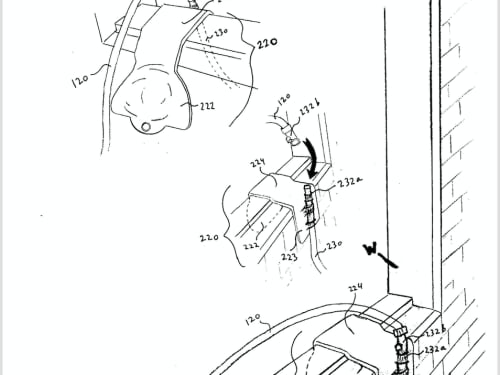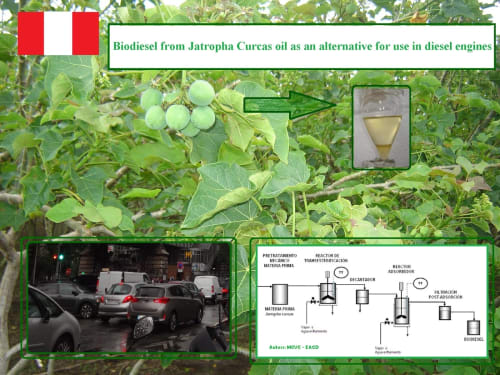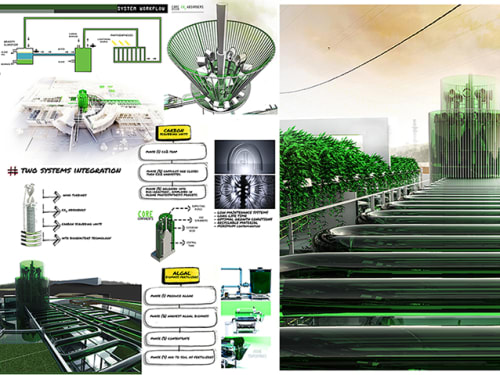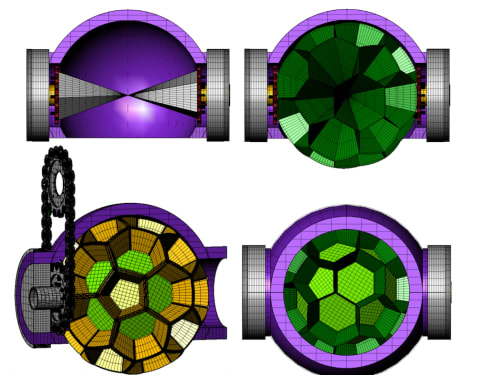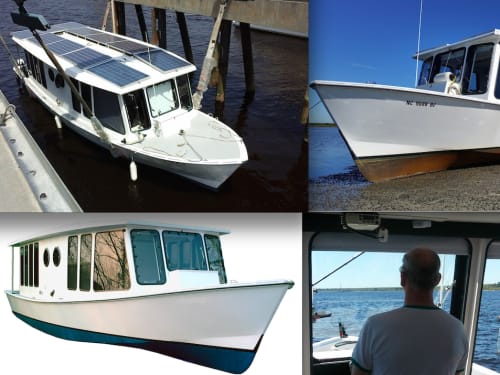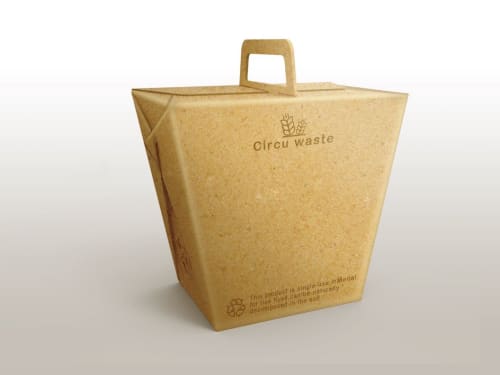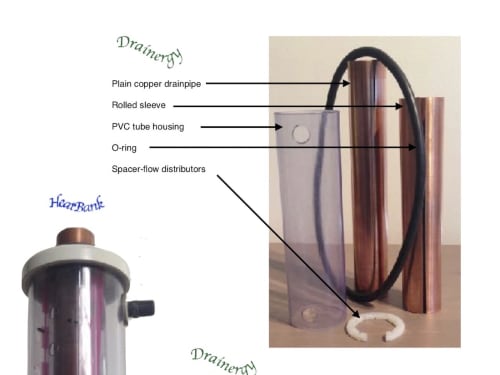2018
Sustainable Technologies
I assumed finding and buying a household graywater reuse system would be simple.
The Bi-Toroid Transformer (BiTT) operates essentially as a magnetic diode and magnetically isolates the electric generator from the load and allows the generator to deliver power without requiring an increase in prime mover input (i.e.
Biodiesel from Jatropha Curcas oil (not edible) can be produced at small and medium scale, having the potential to be an option for energy supply in isolated rural areas, especially in the Amazon rainforest. With the local production of biodiesel, the standard of living in rural communities can be improved,
"THE INDUSTRY WILL ADAPT TECHNOLOGY, WHICH RIGHT NOW DOESN’T EXIST.
SO THAT’S THE CHALLENGE."
OPPORTUNITIES
-The integration represents a shield to protect human lungs from deadly industrial emissions.
-Opportunities by developing green technology to capture carbon dioxide emissions from coal-fired power plants, using algae.
Present invention is generally directed to propulsion and power production from a Buckyball type sphere shape (Buckyball sphere) structure extruded from the spheres center point out into an array of hexagon and pentagon edges. Triangle panels are provided with the shortest length panel edge forming the surface edges of the hexagons and pentagons Buckyball sphere,
Bug-out boat, really?
Our initial scoffing aside, we have bowed to pressure from some folks who are adamant about having a 'go to' place when there are unexpected events by natural or human havoc. It can be parked on land, trucked elsewhere, float in a pond or ply lakes and coastal waters.
Goals-Increase agricultural production and profitability.
Low cost, low technology and easy installation.
The concept is designed to reduce wasted produce that falls to the ground.
A net is hung beneath the fruit bearing tree or bush (the illustrations are for apple orchards). The net provides a collecting path to a storage bin below each tree.
When families nowadays dump kitchen waste, except for using kitchen waste bin, they use additionally generated waste, plastic bags, to discard the garbage that cannot be decomposed during the recycling.
Circu Waste is an eco-friendly kitchen waste bag made of agricultural waste –rice husk.
Cold Springs and Solar Ponds as Natural Power Generators
Cold springs can be used to cool the cold side of Stirling Generators that when even air cooled have been shown by Sandia Labs to be more efficient than the most efficient photovoltaic cells.
The Winston Works have designed, developed, patented and prototyped three waste heat exchangers for all size homes and buildings and for individual fixtures. Energy costs for heating cold water is about $100 Billion a year in North America, the heat energy then drains into the environment.
1. ‘Drainergy’ is for shower and running sink type drainwater flow.
Page 2 of 12
